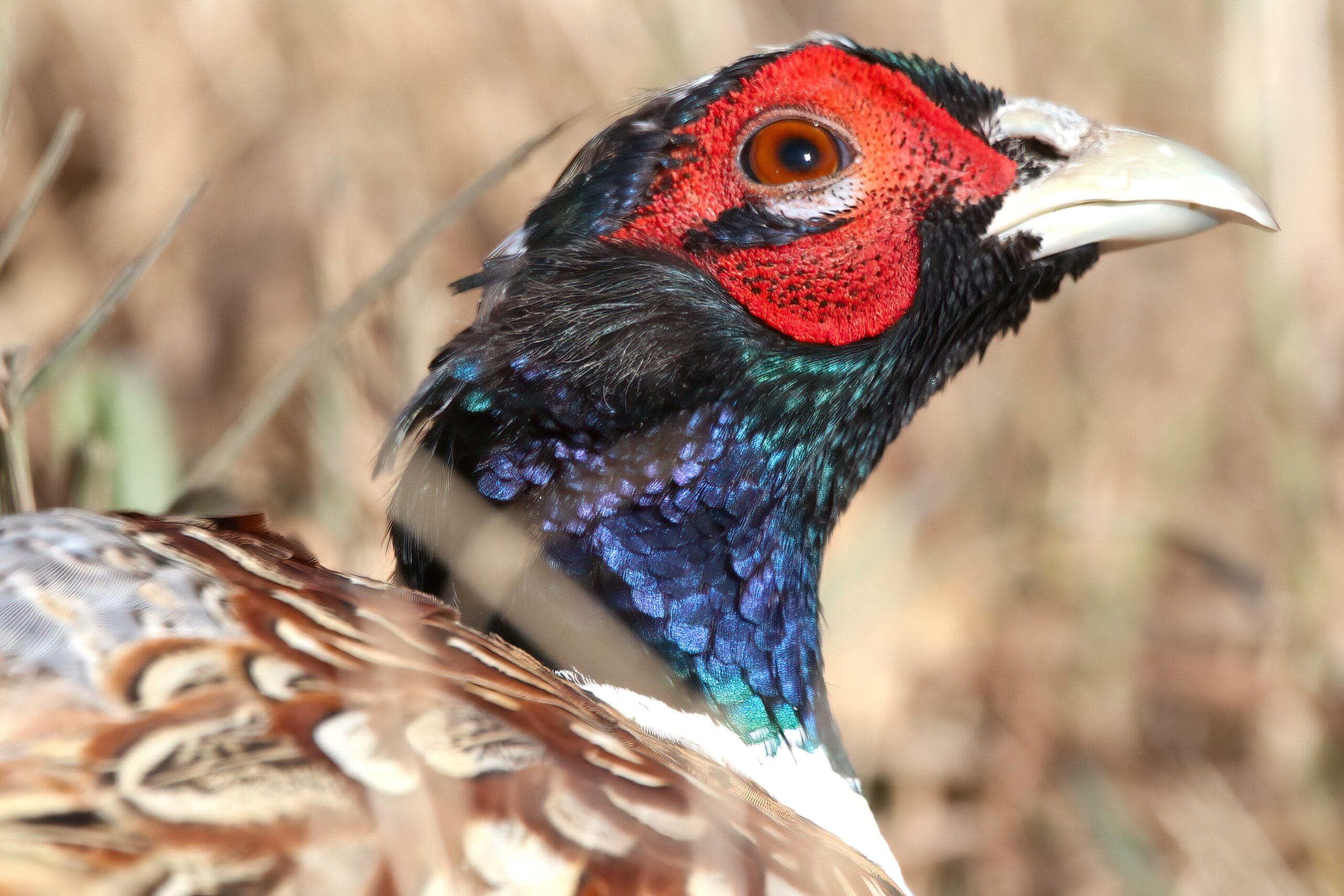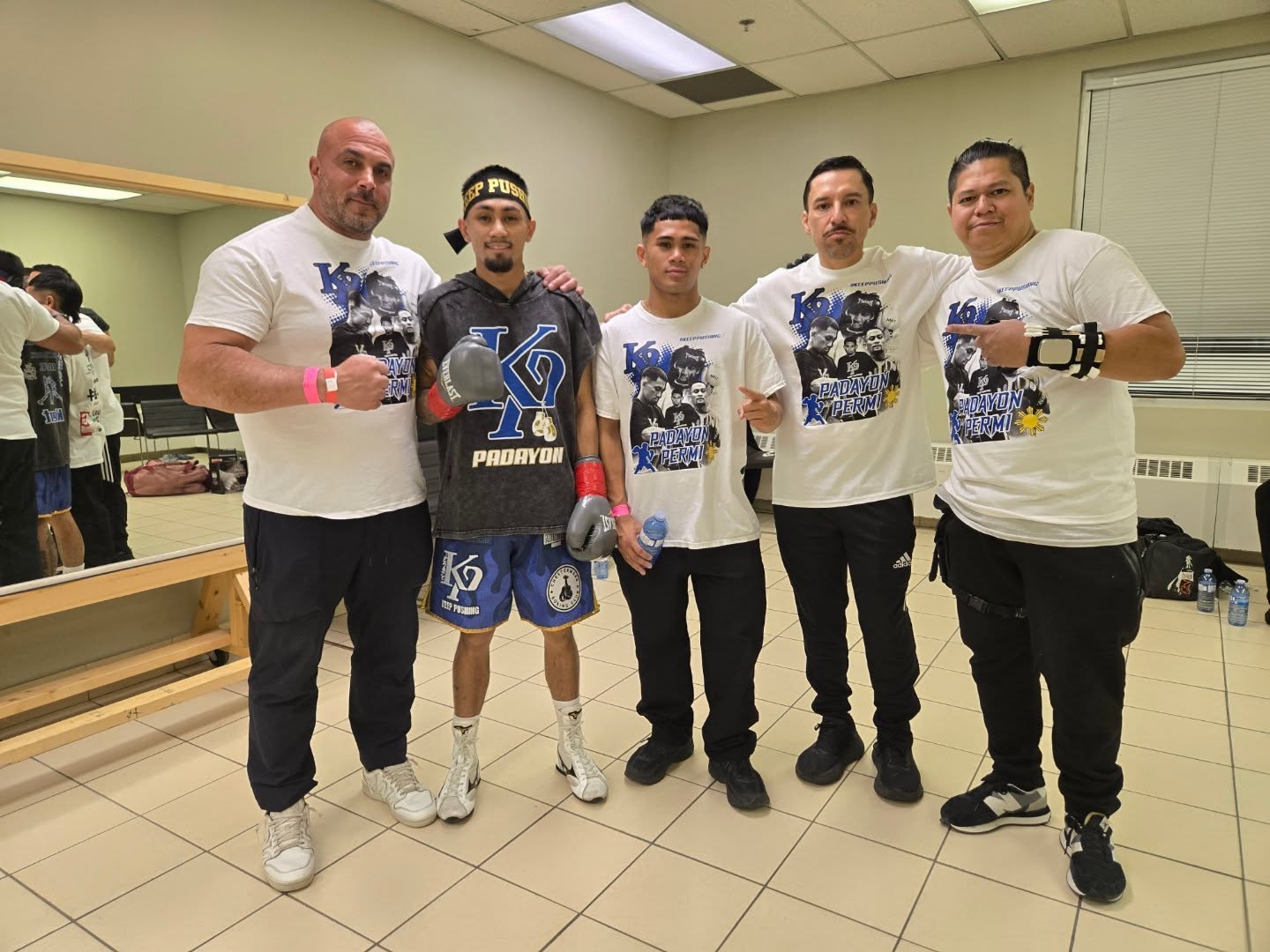This week let’s talk about putting. I’m going to go way out on a limb and say it is THE MOST IMPORTANT PART OF YOUR GOLF GAME! I have now played 8 rounds so far this year, with a variety of people, and hands down everyone could improve their putting…big time. I find it so frustrating to watch 3 putt after 3 putt when I know they could knock possibly 5 shots off their score just with decent putting.
Higher handicappers are worse putters than low handicappers. Pros are wicked putters. For instance, when a PGA pro like Rory Mallory, Jordan Speith, Dustin Johnson or Jason Day putt great they win. When an average PGA pro has a lights out week of putting he usually wins or comes close. Putting makes the difference of winning or not winning or having a great game or not. Without a doubt your best score will happen when you have one of your best days putting. It won’t be on your best day off the tee.
So let’s look at how you can become a better putter.
Take a putting lesson. Last week I gave Arlene Ladds, a member at Lakeside and resident here in Chestermere, a putting lesson. When I asked her why she had never taken one she said “I thought you just got up there and hit it” she later confessed that she had no idea how details and how much technique was involved. There is almost as much going on in a putt as there is in a full swing, just that the movements are much smaller. There is also just as many details to consider as you will see below. What makes putting so difficult is that the tiniest of faults or missed detail results in missing putts which means you get to add more shots to your score. You can recover from a poor drive or missed iron but not from a missed short putt.
You need to address these fundamentals and aspects of putting.
Posture, width of stance, grip (what kind of grip?) grip pressure, ball position, alignment, tempo, pendulum swing, swing path, wrist action or lack of, gauging distance, gauging slopes and elevations, grain of the grass, speed of greens, centre hits and finding the sweet spot of your putter, equipment (finding a putter you like that looks good and is balanced to your liking, your choice of ball as to its feel, establishing a putting routine, weather and how wind or rain is affecting your putts, strategy as to whether to leave a putt above or below the hole if you happen to miss or are lagging, observing others to pick up many of the above mentioned details. And I’m sure we could think of a few more items.
As you can see, Arlene was right when she said she had no idea how many details must be addressed when becoming a great putter. Perhaps this is why higher handicappers just aren’t great putters as they lack the understanding of all these details and perhaps just aren’t that serious about their games and likely don’t practice. But if you want to be a great putter, and you can be, you need to spend some time learning it and almost treat it like a science and with passion. You must believe you are a great putter and this will only happen as you improve your technique and find your style.
Arlene and I had a great lesson on a cold windy day but she quickly picked up a better technique with a more comfortable posture and a shorter more compact putting stroke keeping the face of the putter square to the target on her follow through. Below is Arlene’s before lesson putting stroke, with a big follow through, lots of head movement and twisted putter face. As you can see by her after lesson putting stroke, she looks much more in control, more compact, with fewer moving parts. Arlene is well on her way to more consistent putting, fewer 3 putts, lower scores and playing HER best golf!







